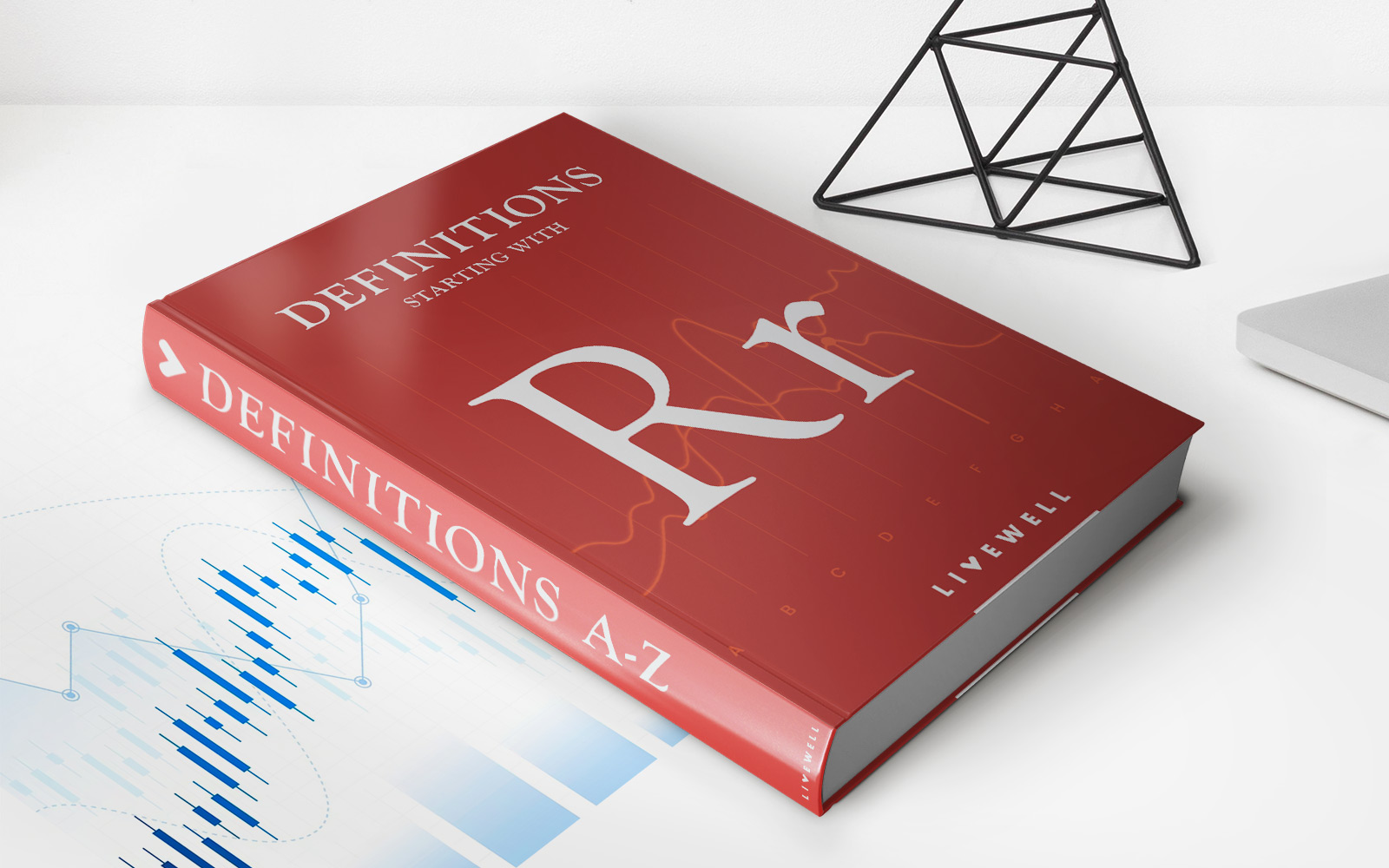

Finance
Coskewness Definition
Published: November 3, 2023
Discover the meaning of coskewness in finance and how it affects investment portfolios. Enhance your financial knowledge and make informed decisions.
(Many of the links in this article redirect to a specific reviewed product. Your purchase of these products through affiliate links helps to generate commission for LiveWell, at no extra cost. Learn more)
Coskewness Definition: Understanding the Role of Financial Analysis in Predicting Market Trends
Welcome to our finance blog category, where we delve into various aspects of the financial industry to help you gain a better understanding of important concepts. In today’s post, we will be exploring the definition and significance of coskewness in financial analysis. So, if you’re curious to learn how this concept can help predict market trends and make informed investment decisions, you’ve come to the right place!
Key Takeaways:
- Coskewness is a statistical measure that captures the relationship between two variables in terms of their skewness.
- It provides insights into the joint behavior of assets or factors, allowing investors to assess the potential risks and rewards of their investment portfolio.
Now, let’s delve deeper into the meaning of coskewness. In finance, skewness refers to the measure of asymmetry in a probability distribution. A positive skew indicates a longer right tail, while a negative skew implies a longer left tail. Coskewness, on the other hand, examines the skewness between two variables, capturing their joint behavior and potential dependencies.
Why is coskewness important in financial analysis? Well, by calculating the coskewness of a portfolio or specific assets, investors can gain insights into their potential exposure to systematic risks. Coskewness helps identify whether the two variables share similar patterns of skewness or exhibit opposing behaviors. This information is crucial when constructing a well-diversified portfolio as it allows investors to understand the potential joint impact of their assets.
Here are a few key points to keep in mind:
- Coskewness can help identify when the skewness of two variables amplifies or mitigates each other’s effect. This information allows investors to better anticipate market trends and manage portfolio risk.
- Understanding the coskewness between different sectors or asset classes can provide insights into market conditions and potential interdependencies that may have otherwise been missed.
- By incorporating coskewness into their analysis, investors can make more informed decisions about asset allocation, hedging strategies, and risk management.
In conclusion, coskewness is a valuable tool in financial analysis that can help investors gain a deeper understanding of the joint behavior of assets or factors. By assessing coskewness, investors can anticipate potential market trends, manage risks, and construct well-diversified portfolios. So, the next time you’re analyzing your investments, don’t forget to consider the coskewness between different variables to make more informed decisions!














